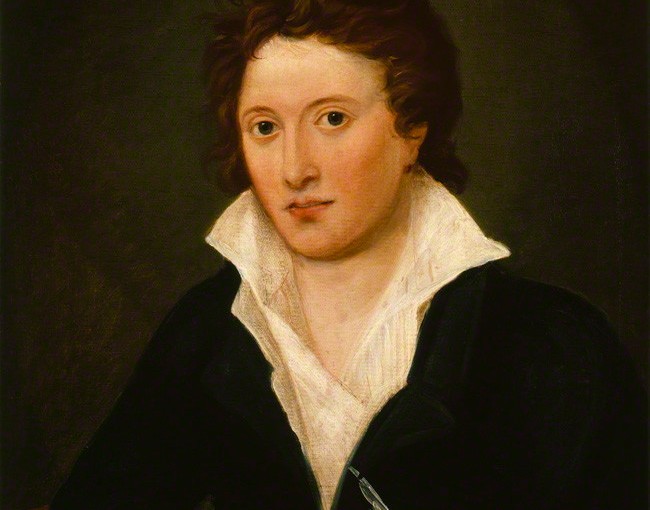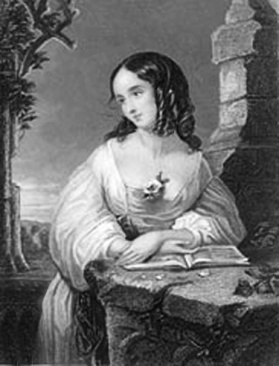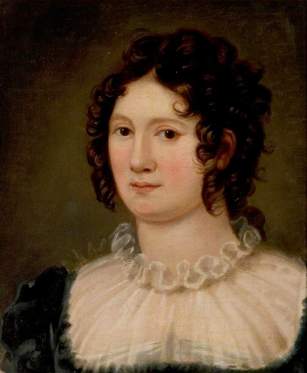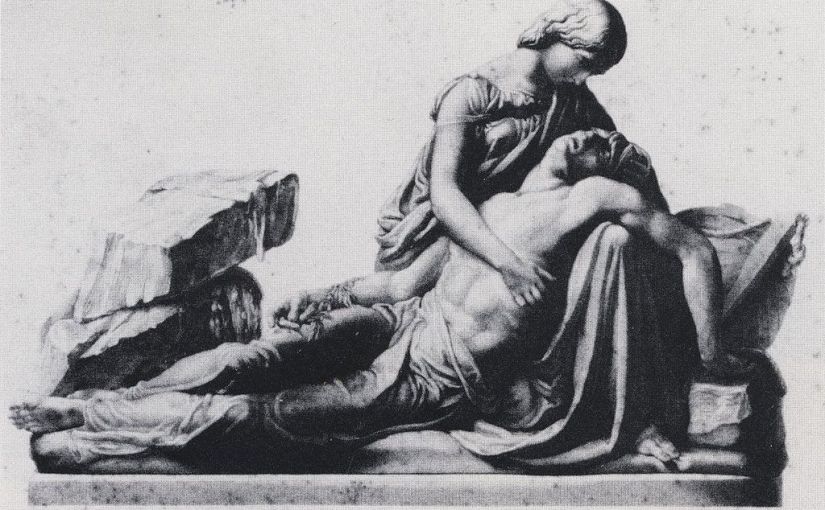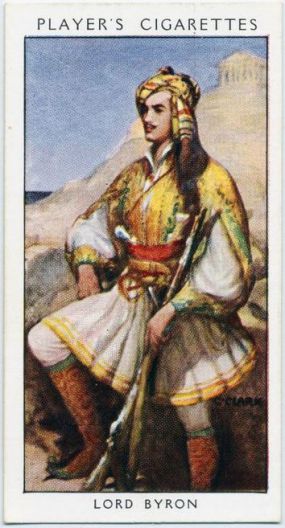The Bride Season 2 Episode 6 of The Frankenpod
- Download the episode
- Listen on libsyn
- Search for The Frankenpod in your podcast app!
As it’s our podcast anniversary we thought it might be nice to return to our origins. But not Frankenstein and his creature but the potential second creature. The woman who raises so many issues of consent, possibly the most culturally visible character to be born out of a few short chapters of a book!
It’s The Bride!
She exists in Mary Shelley’s novel Frankenstein as an ambiguous collection of anatomical parts that are destroyed before she can even achieve personhood. Victor Frankenstein’s creature pressures him into creating a female from the dead just like him. When Frankenstein begins to speculate on the additional damage that a female creature could cause his concerns fall into two major categories
- Procreation
- The one that most movies featuring the female creation explore her rejection of the original creature
As a result of these fears Victor destroys his second creation in front of his first, which is the final straw for the creature, this is when he vows to be with Victor Frankenstein on his wedding night.
And we never see the female creature again.
She is all potential. And that is what she remained until relatively recently. It wasn’t until the 1930s that James Whale delivers The Bride of Frankenstein and Elsa Lancaster’s brilliant performance gives us the bride as we typically view her today despite various reenvisionings and reimaginings.
This episode we are going to talk about not only the 1935 classic universal monster movie The Bride of Frankenstein but one of those reimaginings. The 1985 movie The Bride starring Jennifer Beals, Clancy Brown and Sting.
Now back to 1935 and The Bride of Frankenstein introduces a framing narrative that we never return to which is Mary Shelley played by Elsa Lanchester telling the rest of the story that happens after the conclusion of her novel Frankenstein to a very camp Byron and Percy Shelley. On a dark and stormy night no lass
The actual story then kicks off at the end of the original 1931 movie Frankenstein. In fact, we have a scattered reframing of the end of Frankenstein to retroactively suit their purposes.
A character named Dr Pretorius calls upon the recovering Frankenstein who has been renamed appropriately Victor as in the book if you remember in the 1931 movie Frankenstein was called Henry.
The creepy doctor Pretorius has a proposition for the young doctor. One last big experiment. A collaboration.
Pretorius also has little people in jars… it’s a whole thing.
Frankenstein’s wife Elizabeth is. Not. Into. This. And she makes this absolutely clear by talking about ominous premonitions.
Meanwhile, the creature who unexpectedly survived goes on a rampage killing the rest of the family of the little girl who was killed in the original movie and others.
He fled the township
He then made a friend in an old blind fiddler who does not judge him on his appearance and teaches him language. Their domestic bliss is interrupted by some hunters who are lost and raise the alarm that the murderous monster responsible for deaths in the township.
Pretorius befriends the creature as he is collecting the parts for a female creature. He tells the creature that this female creation will be a friend for him.
The creature then helps Pretorious by kidnapping Elizabeth thereby forcing Frankenstein into their unholy collaboration.
They begin a long process of creation which includes Dwight Frye killing some random woman for her heart. The creature kills Dwight Frye… which is the second time that Frankenstein has killed a Dwight Frye character in as many movies. Elizabeth gets free.
The bride is brought to life.
She rejects the Male creature and in a moment of compassion, he lets Frankenstein and Elizabeth go. Before destroying the laboratory with The Bride, Pretorius and himself still inside.
Guess what. It’s time to talk about Sting.
Yep, the 1985 movie the bride….
For more listen to Season 2 Episode 6 of The Frankenpod, The Bride

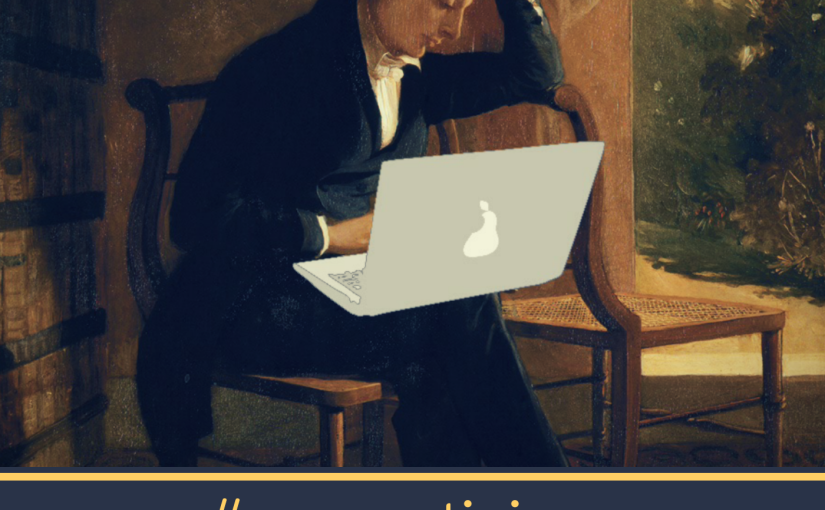




![Posthumous Portrait of Shelley Writing Prometheus Unbound 1845 Joseph Severn [Public domain], via Wikimedia Commons](https://thefrankenpod.files.wordpress.com/2018/03/joseph_severn_-_posthumous_portrait_of_shelley_writing_prometheus_unbound_1845.jpg?w=280&h=192)
